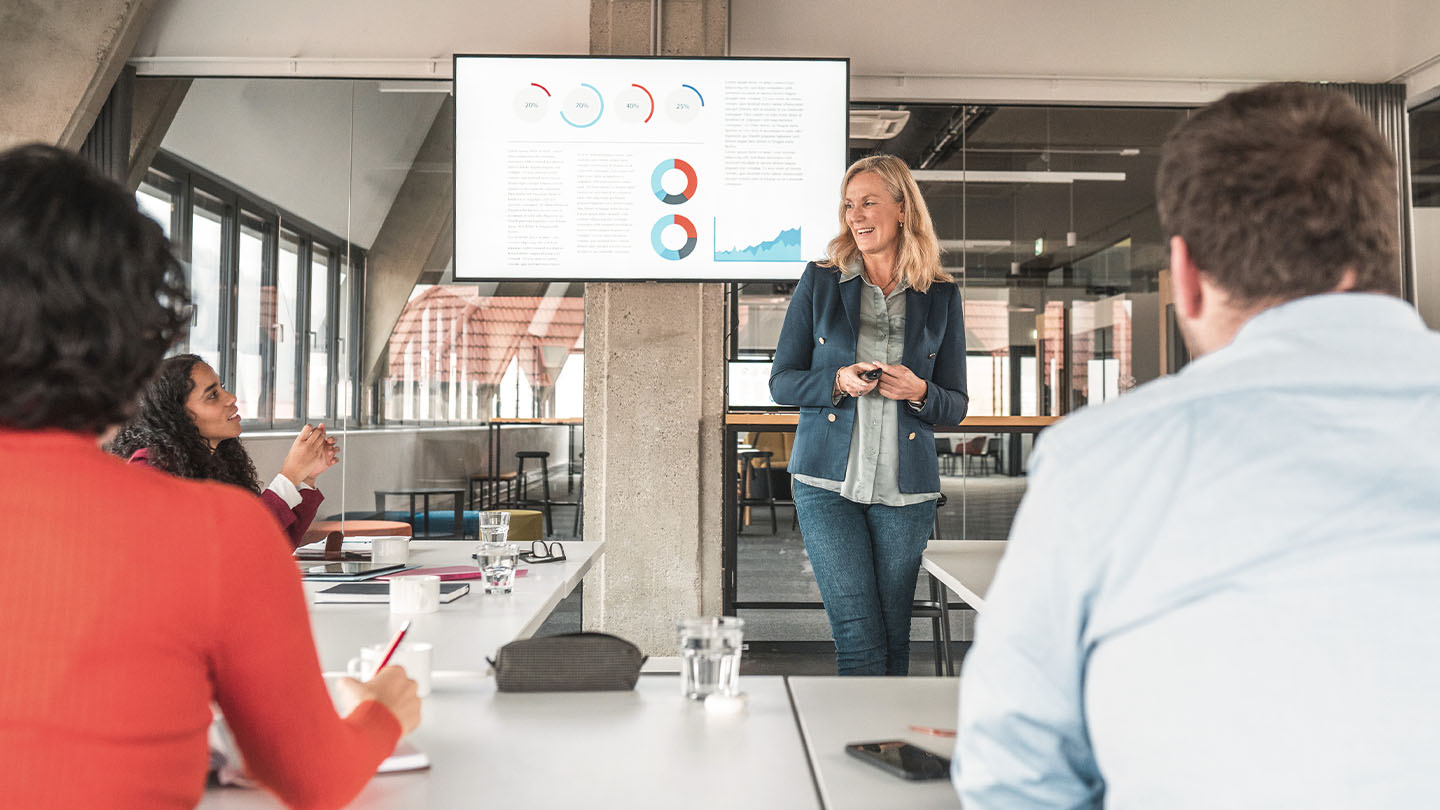
Traditionally, companies measure their country risk with one factor in mind: physical locations. But given ongoing supply chain issues, using this measure alone is outdated. The interconnected global economy makes it crucial to also look at your company's counterparties.
To more accurately determine your true country risk exposure, take a broader view of physical presence and examine your supplier footprint and customer base. Learn more about each of these factors and how to mitigate the risks they represent.
Company presence
Some of your company's exposure comes from the countries in which it has physical locations with personnel and production, offers services, or is legally incorporated.
But your company's presence isn’t just physical. In each country, you should also measure your organization's:
- Local activities and involvement: Risk exposure doesn't just stem from having a locally incorporated entity. If you have an offshore entity doing business or handling activities in a country, that's a point of exposure. In some cases, the exposure can be greater if regulations are stricter for foreign entities doing business in the country versus local entities.
- Transportation routes: Products can get stuck in transit with no alternative routes simply because companies didn’t identify the routes' risk. Consider the path your goods travel. For example, if your company ships goods through a Japanese port of call—even if you don’t have a physical presence there—you need to include Japan in your country risk analysis.
- Financial presence: Make sure you know what balances you hold onshore in each country and currency. You should also understand the mechanism and rules for extracting and converting those balances, including how much manual intervention is involved.
Supplier footprint
Beyond your physical presence, you should examine your supplier footprint, including where your suppliers source from. Consider factors such as:
- Suppliers' physical presence and materials: Depending on the location of your counterparties' manufacturing plants, warehouses and other major operations, you may have exposure in other countries. It's important to learn about your suppliers' supply chains as much as possible, including their locations and what could disrupt their operations. For example, if wildfires lead to decreased availability of a natural resource key to your production, you will need to prepare for critical shortages. Compiling the value and percentage of your supply chain materials sourced from each country can also provide a more nuanced risk picture. Don't forget that work-in-process (WIP) items contribute to your risk if disruption occurs before shipment.
- Track currency exposure: Doing business in the country's local currency can also present a risk. Be sure to track invoices issued to you in local currency. Examine your liquidity structures and foreign exchange practices to ensure you're best managing local currency and in-balance country exposures.
- ESG alignment: Make sure that you and your vendors are on the same page about environmental, social and governance (ESG) practices. Operating and payment processes are an important place to look. In some countries, for example, local business customs may not align with official governmental processes. Adopting these practices may be commonplace, but they can add reputational risk in the public's eyes.
Customer base
Your largest exposure could come from your customers. Thoroughly assess where your customer base is located to prepare for any behavior or revenue changes. Ask yourself questions including:
- Where do your customers have headquarters or delivery addresses? You face risk exposure in those countries as well. Consider the impact of existing or looming sanctions that could delay or halt the delivery of goods at delivery addresses.
- What is the value and percentage of revenue attributed to customers located in a country? Your customer base is an important factor when considering risk. Quantify your exposure by calculating the value of each country's outstanding account receivables and attributed write-offs, as well as demographic trends. When tracked, these metrics may indicate changes in your risk exposure that merit a closer look.
- How does your WIP factor in? WIP items tie your working capital to specific customer orders. Country disruptions can impact your customer's ability to honor a purchase order, which can turn into a loss to you. This is especially true for highly customized products. If your customer isn't able to receive the order, you're rarely able to resell to another client.
How to manage your country risk
In addition to mitigation strategies for individual issues, there are also steps you can take to manage your company's overall risk.
- Conduct a thorough country risk analysis. Find out where your exposure is concentrated—for example, supplier or customer base—and diversify.
- Stay on top of your due diligence processes. Frequently run your onboarding due diligence process on suppliers and customers.
- Establish performance and risk indicators and a reporting cadence. Review and update each regularly. Stay close to your sales and procurement teams so you can recognize patterns and potentials for risk early.
- Leverage traditional trade solutions to reduce risk exposure. Be sure to balance letters of credit and other trade solutions with the cost of reducing risk exposure from specific counterparties or scenarios in a new location.
- Look at a newer supply chain finance or receivables financing program. Consider the viability of these options, which can support the liquidity needs of customers and suppliers as well as your company.
- Set up liquidity structures to manage local currency and balance exposures. Aim to install mechanisms that not only simplify cash movement in and out of a country, but enable real-time visibility and access to funds individually or in aggregate.
Treasury's role in managing country risk
The advantages of global connection come with risk exposures. From supply chain disruptions to the inability to fulfill contracts, these exposures can be devastating. Actively monitoring and managing the real country risk, which encompasses multiple business dimensions, requires a more holistic view. Leverage treasury's interfacing role to work with all internal parties to identify and measure threats and vulnerabilities before they cause real damage.
JPMorgan Chase Bank, N.A. Member FDIC. Visit jpmorgan.com/cb-disclaimer for disclosures and disclaimers related to this content.







